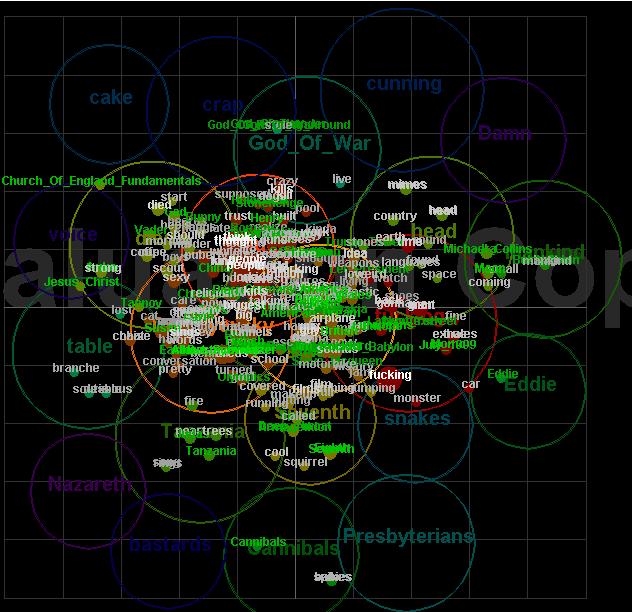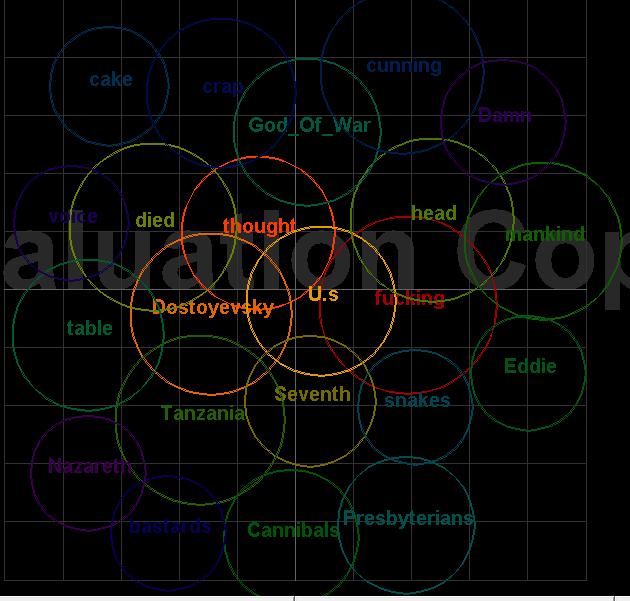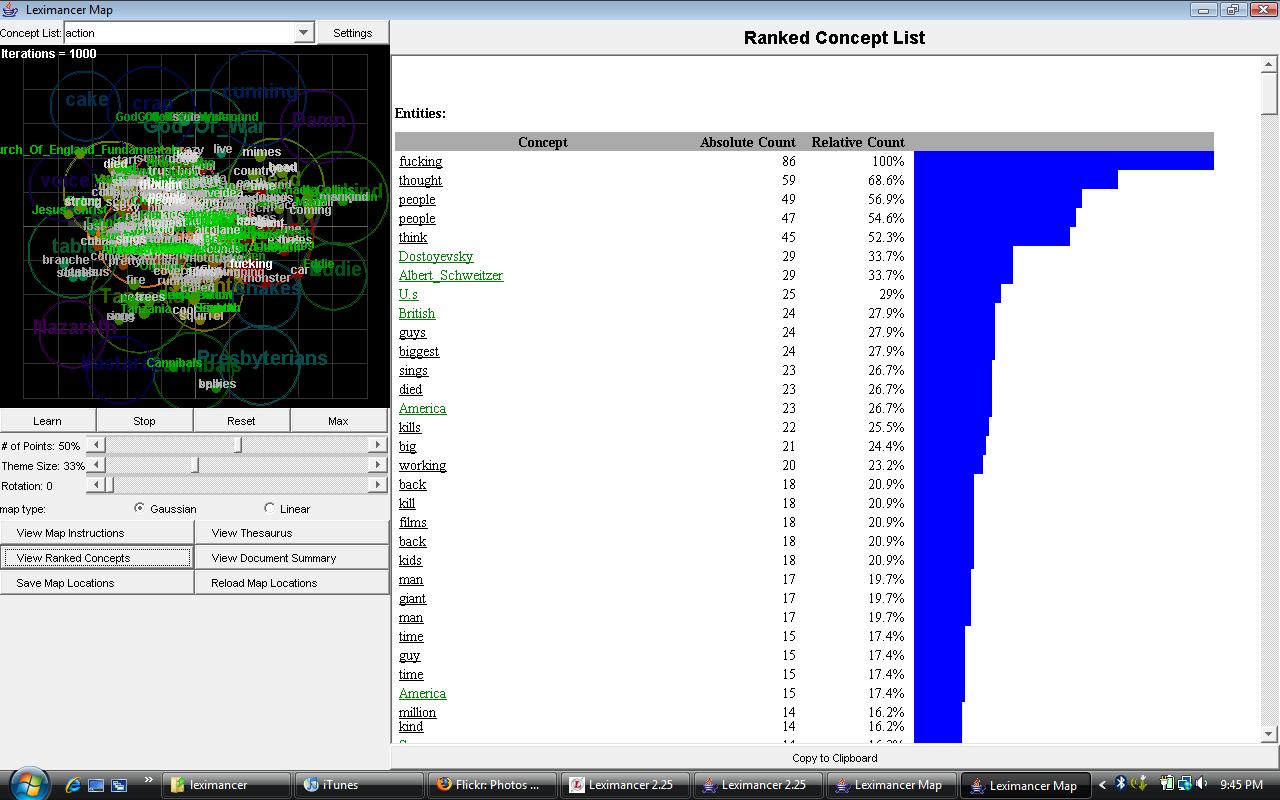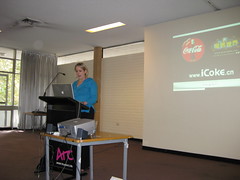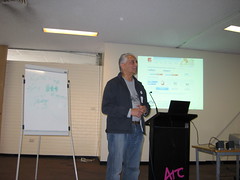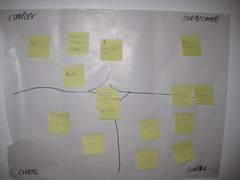The triggers for this pondering of collaboration tools have been a bunch of events that I am in some way involved with. Many are conferences (or sometimes unconferences). The aim is to "Extend the Event Horizon" (thanks
Katie) both before and after the event - should participants want to do so.
Before: Sydney Bar Camp used both a
blog - for news releases- and a
wiki - for registration. NSW KM Forum also uses a
blog for announcements.
During: The
Enterprise 2.0 Forum used Tangler as a virtual interaction environment and several people were
Twittering like crazy during Bar Camp Sydney.
Second Life is becoming the place to do virtual events but I'm not so sure about that.
After: This is up for grabs. A key factor here is the technical savvy of participants. You may just want to stick with an email list. A step up from that might be a
Facebook group. I think Facebook makes a pretty rubbish collaborative environment beyond simply pumping out information to interested parties. As
Axel Brun (thanks
Gav) puts it very well, it's too ego-centric, it mixes up all your relationships in one big pile of social slop & the activities you can engage in are pretty rudimentary. But then a nightclub is not the same environment as an office. Like Axel, I've developed a taste for
Ning. If you want your event to be part of something longer-lasting, then I'd go for something Ning-y. But you (& your participants) might not have the appetite for something longer-lasting. In which case, the quick & dirty options (e.g. email) are just fine.


